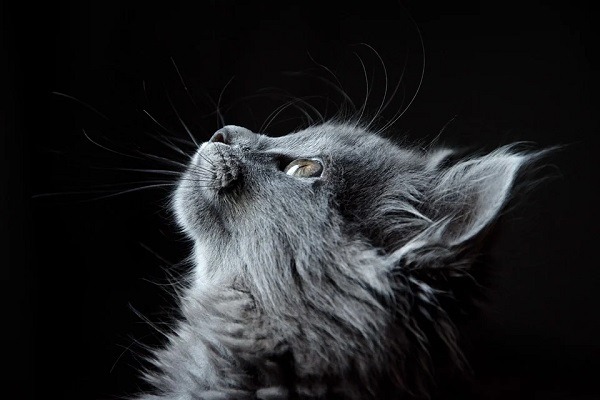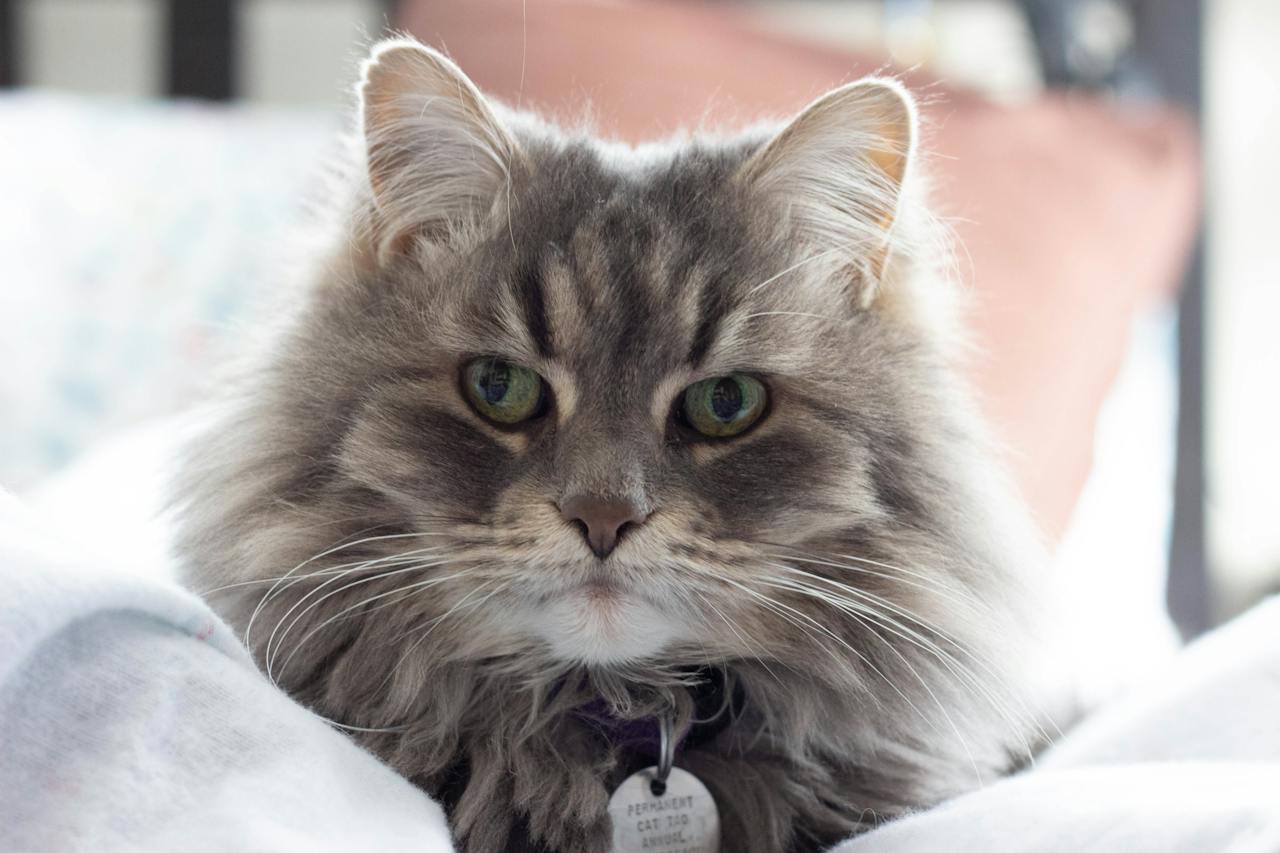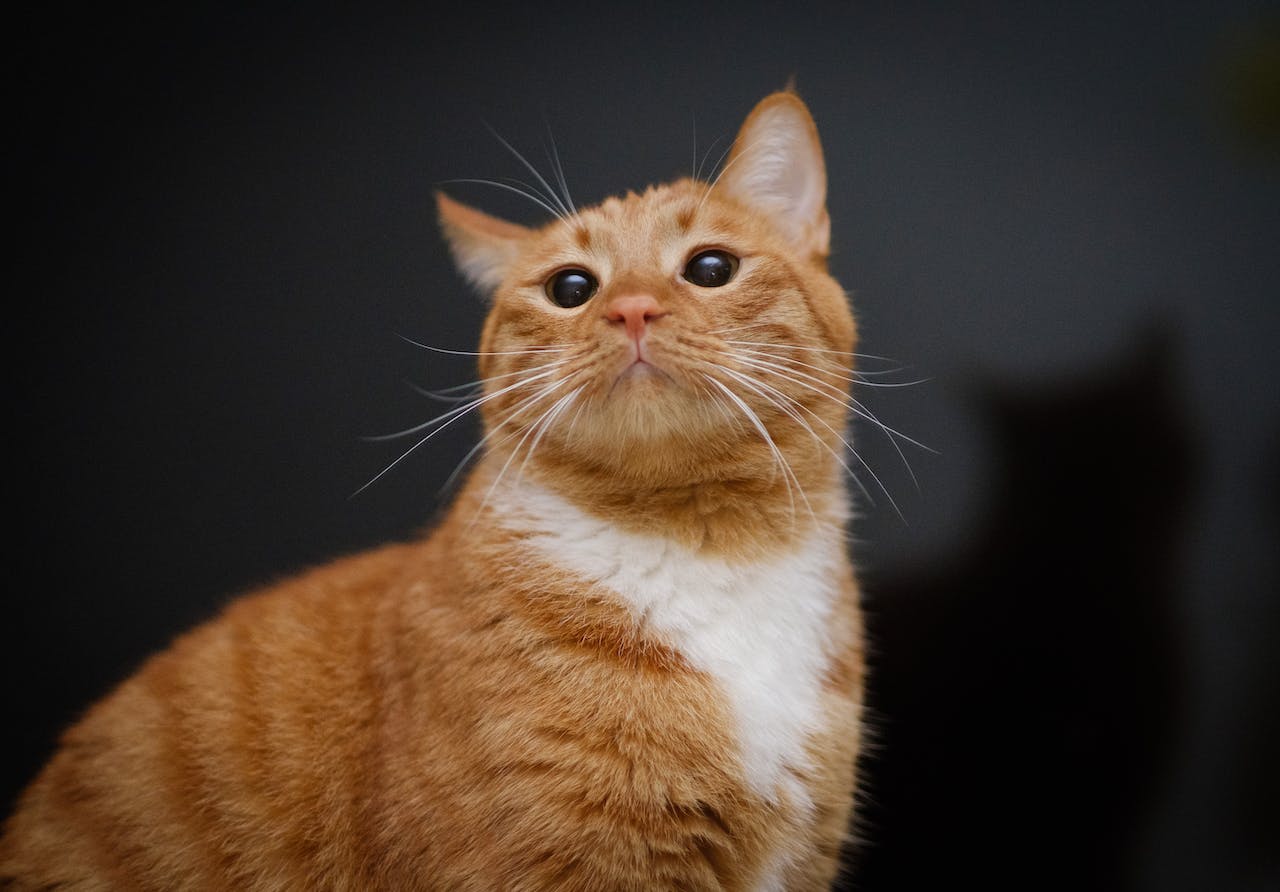Cats used to be wild outdoor animals before humankind domesticated them. That said, your indoor pet cat is still that feline in the wild and they require the environment that nurtures their peculiar behavior. Providing that environment, in simple words, is called enrichment for cats. It is obvious that enrichment is important for cats but how exactly can you do it? You might have many questions and we have the answers. Read on to know more.
What is Enrichment?
Enrichment, in the context of pet care, refers to activities and environmental enhancements that provide mental and physical stimulation to animals, catering to their natural behaviors and instincts. It’s about creating a life that is not just safe and comfortable but also engaging and fulfilling for your pets. Enrichment is crucial for maintaining an animal’s overall well-being, including their physical health, mental sharpness, and emotional balance. It helps prevent boredom and associated negative behaviors, such as destructive chewing, excessive barking, or feather plucking in birds. In a nutshell, an enriched environment is required for a cat to stay happy.
Enriching Indoor Environment For Your Cats
You can do enrichment with different aspects of a cat’s life. Generally, it is categorized into three sections: 1) Indoor enrichment, 2) Outdoor enrichment, and 3) Different enrichment activities. Let’s start with Indoor enrichment first.
Use Cat Pheromones
Spray cat pheromones lightly across their bedding and furniture. For instance, you can use a product that includes a cat’s facial pheromone which cats use to mark their territory safe and secure. This will help them feel safe and happy indoors.
Cat Furniture
My cats start romping up the shelves at night after I fall asleep as if they are partaking a cat Olympics. Most cats love to engage themselves in climbing and a little rough play to have fun. You can always enrich your indoor environment by building up cat furniture in your house that includes cat scratch posts, cat trees, cat cave setups, baskets, tunnels, wall beds, climbing steps, etc.
You can purchase different items from the store and arrange them creatively. Or if you like to make stuff on your own, there are too many DIY ideas available online.
Catnip And Wheat Grass
All cats love catnip. It is pretty easy to grow catnip at your home. Use a kong-type toy to fill in the catnip and let your cat play with it.
Cats eat grass to use it as a natural laxative and to improve digestion. You can grow or purchase wheatgrass and place it in your home and they’re going to like it so much.
Cat Water Fountain
Some felines including cats love to drink running water. You might’ve also observed your cat prefer drinking from running tap water rather than from her bowl. If your cat rarely gets a chance to witness running water, a water fountain is necessary for enrichment.
Bird Feeder
Cats are quite detectives. When they finally get some free time from their play and sleep, you can observe them sitting on the window porch and looking outside as if he is solving a mystery. They like it! Birds eating from the bird feeder right outside the window will keep him entertained.
Allow Your Cats To Enjoy The Outside World
When you go out with your cat, let them enjoy the fullest. Here are some ideas about how you can do it.
Walk Your Cat
You can walk your cat like people walk their dogs. Remember you use the right equipment specially made for your cat. Leash and harness are all you will need. Also, ensure that if your cat is okay with harness and leash. If you’re not sure, put them on a leash in the home so that they can get used to it.
Use Cat Stroller
If your cat does not quite like the idea of walking on a leash, you can use a cat stroller and let them enjoy the outside world. Using a stroller to keep kitty secure is another benefit considering other animals and vehicles out there. All in all, using a cat stroller is a good idea for outdoor enrichment.
Provide A Catio And Cat Enclosures
You definitely don’t want your cat to be an outdoor one and make them vulnerable to life-threatening conditions. However, you can give them the joy of staying outdoors without being worried about their well-being and security. Catio, a cat patio or other enclosures provide an outdoor life without any dangers.
Activities To Do With Your Cats
Like dogs, cats also want human attention. I know about that ‘cattitude’ of your feline buddy, but hey, that doesn’t mean your cat doesn’t care or doesn’t love you. Activities with your cat is a part of enrichment.
Interact With Your Cat
Talk to your cat and sing to them. Cats recognize human voices and feel happy when you interact with them. And when you do this, also include your kids; if they like to dance to songs, that can be really fun.
Read to your cats. I know this sounds useless but cats would sense the variation in your voice and would enjoy this activity. What you read doesn’t matter so, you can just start reading your unfinished novel or whatever you like.
Teach Your Cat Tricks
Teaching your cat tricks is a fantastic way to engage their mind, enhance your bond, and provide them with mental and physical stimulation. Contrary to popular belief, cats are trainable and can enjoy learning new behaviors. The key to success lies in understanding their motivation and using positive reinforcement techniques. Here’s how you can teach your cat some tricks:
Start with Basic Commands: Begin with simple commands like ‘sit’ or ‘come.’ Use a treat to guide your cat into the desired position, and as soon as they comply, reward them immediately. Consistency and patience are vital. Cats respond better to short, frequent training sessions rather than long, drawn-out ones.
Use Positive Reinforcement: Cats respond well to positive reinforcement. This means rewarding desired behaviors with treats, praise, or play. Avoid negative reinforcement or punishment, as this can lead to fear and mistrust.
Clicker Training: A clicker can be a powerful tool in cat training. The click sound acts as a marker, telling your cat exactly when they’ve done something right. After clicking, immediately give your cat a treat. Over time, your cat will associate the click with positive rewards.
Teach Specific Tricks: Once your cat has mastered basic commands, you can move on to more specific tricks like ‘high five,’ ‘spin,’ or ‘jump through a hoop.’ Use treats to lure your cat into performing the trick, and remember to click and reward them when they do it correctly.
Be Patient and Consistent: Cats have their own pace when it comes to learning. Be patient and consistent with your training. If your cat loses interest, end the session and try again later. It’s crucial to make training a fun and rewarding experience.
Keep Training Sessions Short: Cats can easily become bored or distracted. Keep training sessions short and sweet, around 5-10 minutes. Two or three short sessions a day can be more effective than one long session.
Gradually Reduce Treat Rewards: As your cat begins to understand and perform tricks consistently, gradually reduce the frequency of treats. Continue to give verbal praise and affection to encourage them.
Challenge Your Cat: Once your cat has mastered a trick, don’t stop there. Continuously challenge them with new tricks or variations of tricks they already know. This keeps their mind active and prevents boredom.
Fostering Or Adoption
You’re not always available for your cat. If a cat has another feline partner, he would play and interact with them. If your cat wasn’t an indoor one, he would’ve met a lot of cats in the wild. So, another cat can make a good choice for enrichment. Fostering and adopting are acts of kindness and also will give your cat new friends.
Sensory Stimulation for Cats
Engaging your cat’s senses is a vital aspect of enrichment. Cats have keen senses, and stimulating these can greatly enhance their indoor environment. For auditory stimulation, consider playing sounds of nature or soft music specifically composed for cats. Visual stimulation can be provided through toys that mimic the movement of prey, like feather wands or laser pointers. For olfactory enrichment, in addition to catnip, introduce various safe scents such as valerian root or silver vine, which many cats find appealing. Tactile stimulation can be provided through different textures in their environment, such as various types of bedding, mats, or even a window perch where they can bask in the sun.
Interactive Play and Mental Challenges
Interactive play is essential for a cat’s mental and physical health. Use interactive toys that require your cat to think and move, like puzzle feeders or toys that dispense treats. These not only entertain your cat but also stimulate their problem-solving skills. Training sessions using clicker training or teaching your cat to navigate a homemade obstacle course can also be excellent mental workouts. Rotate your cat’s toys regularly to keep their environment new and exciting. Remember, even simple items like cardboard boxes or paper bags can provide hours of entertainment and mental stimulation for cats.
Additional Tips
- Consider using a stroller to keep kitty secure
- Also consider cat harness review as well
Final Thoughts
Providing enrichment for your cat is about understanding and catering to their natural instincts and behaviors. It’s about creating a stimulating environment that offers them opportunities to climb, explore, play, and relax in safe and engaging ways. Whether it’s through sensory stimulation, interactive play, or outdoor adventures, enrichment is key to your cat’s physical and mental well-being. Remember, every cat is unique, and what works for one might not work for another. Pay attention to your cat’s preferences and behaviors to tailor the enrichment activities that best suit them. By taking these steps, you’re not only enhancing your cat’s quality of life but also deepening the bond you share with your feline friend.



